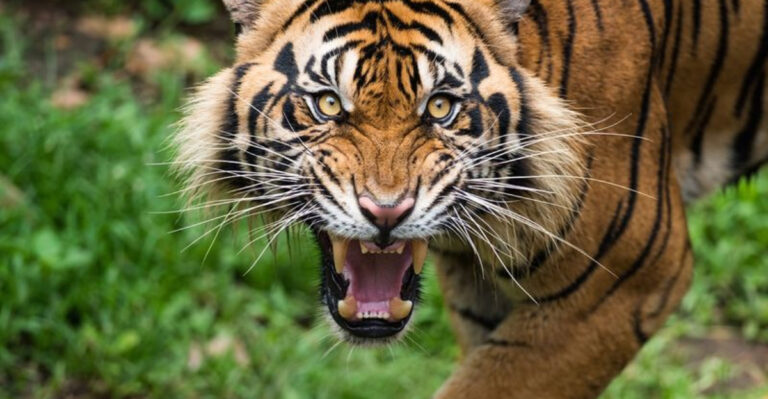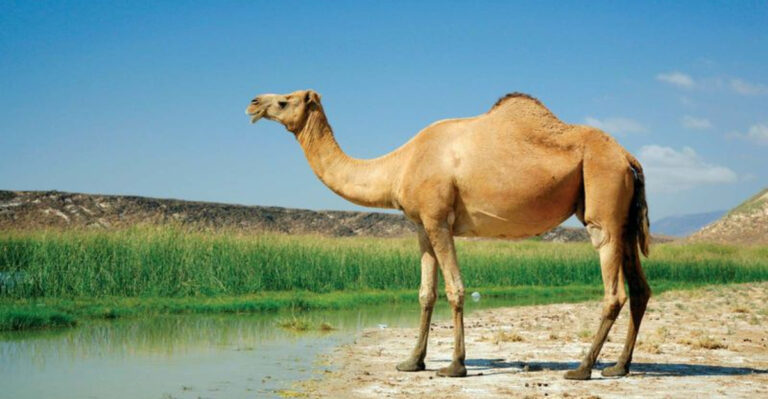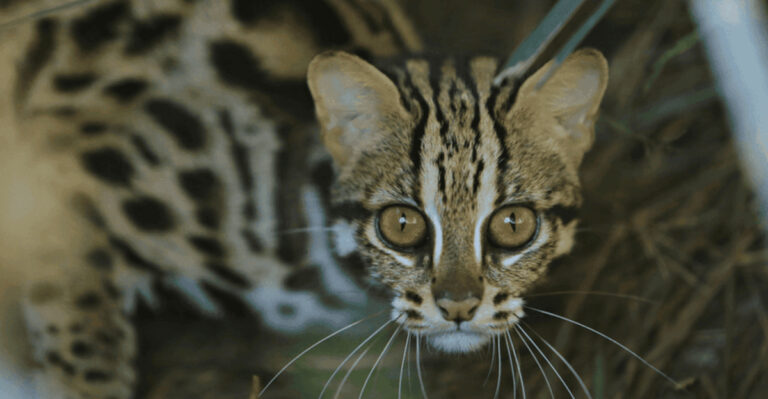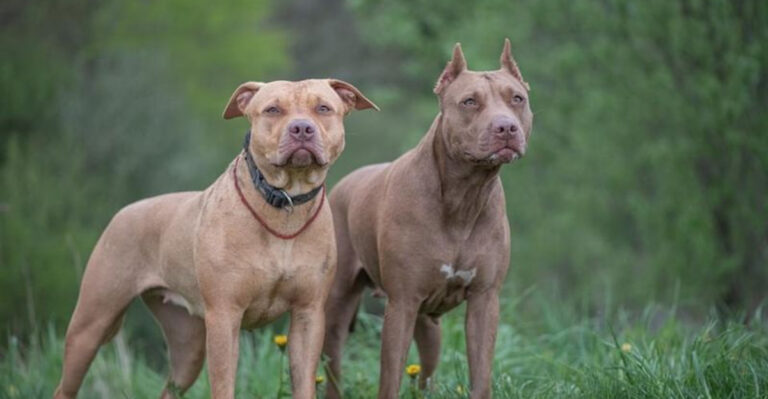The Sacred Buffalo In Plains Indian Traditions
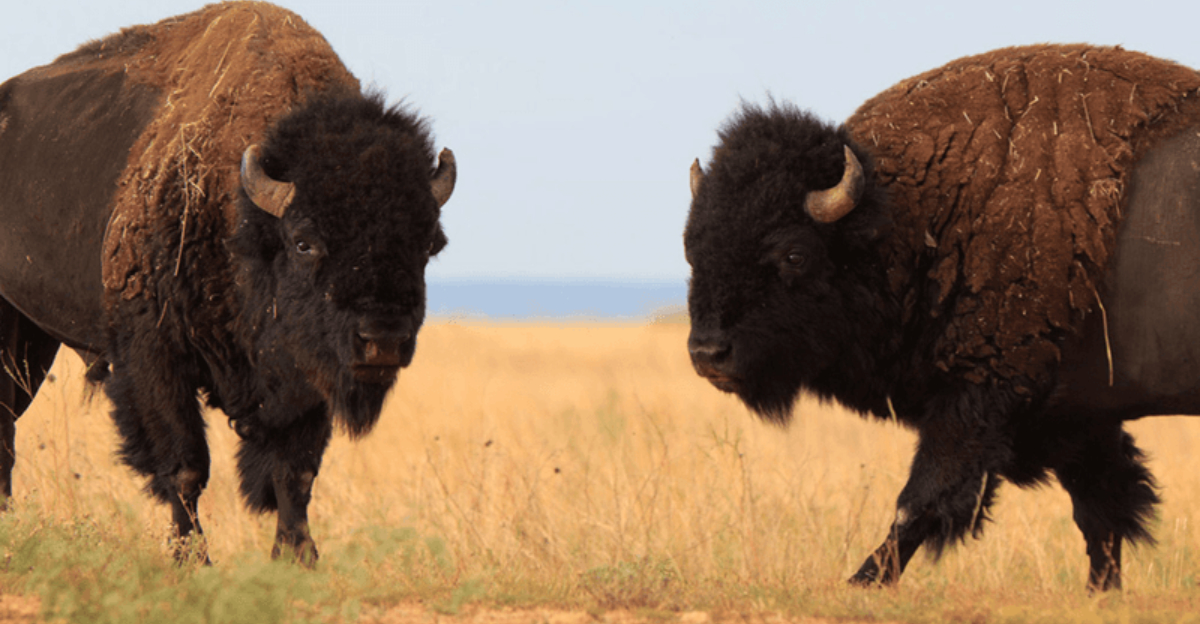
Imagine a creature so vital to survival that every part of it was used and honored. For Plains Indian tribes, the buffalo was more than just food – it represented life itself.
These massive animals shaped entire cultures, providing everything from food and shelter to spiritual guidance across the Great Plains.
1. The Spiritual Significance Of The Buffalo In Plains Indian Culture

Across the Great Plains, buffalo weren’t just animals – they were divine messengers. Many tribes believed these magnificent creatures carried prayers directly to the Creator.
Communities held ceremonies thanking the buffalo spirits for their sacrifice. The relationship between people and buffalo represented a sacred covenant that sustained both physical bodies and spiritual lives.
2. How The Buffalo Was Revered As A Sacred Animal
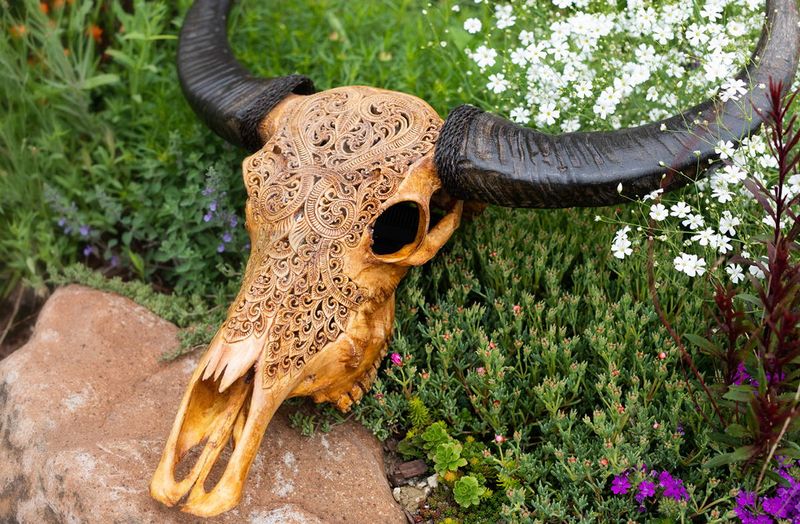
Walking into a Plains Indian encampment, you’d find buffalo skulls placed on special altars facing east toward the rising sun. These weren’t mere decorations!
Tribe members believed buffalo skulls held powerful medicine and could bring good fortune. Medicine men used them during healing rituals, while warriors sometimes carried small buffalo charms for protection in battle.
3. Buffalo Hunting Traditions Among Plains Indian Tribes
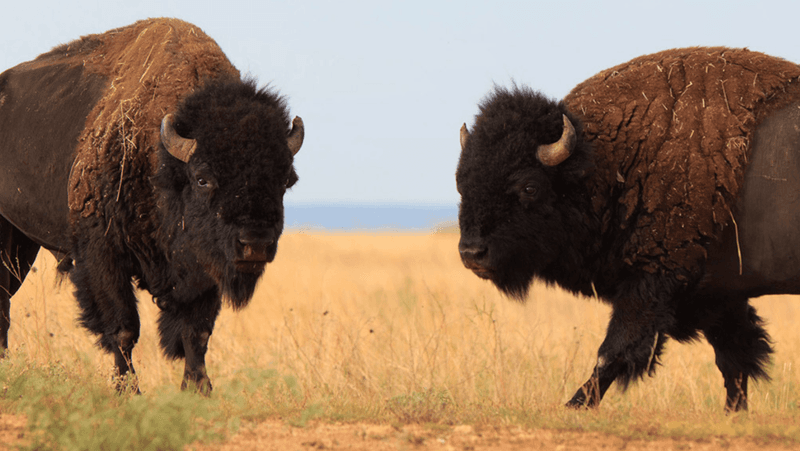
Before horses galloped onto the plains, hunters employed ingenious techniques like buffalo jumps – driving herds toward cliff edges where animals would fall to waiting hunters below.
Every successful hunt began with prayers and ended with thanksgiving. Nothing went to waste! The hunt coordinator distributed meat according to tribal customs, ensuring elders and those in need received their share first.
4. The Role Of Buffalo In Plains Indian Ceremonies
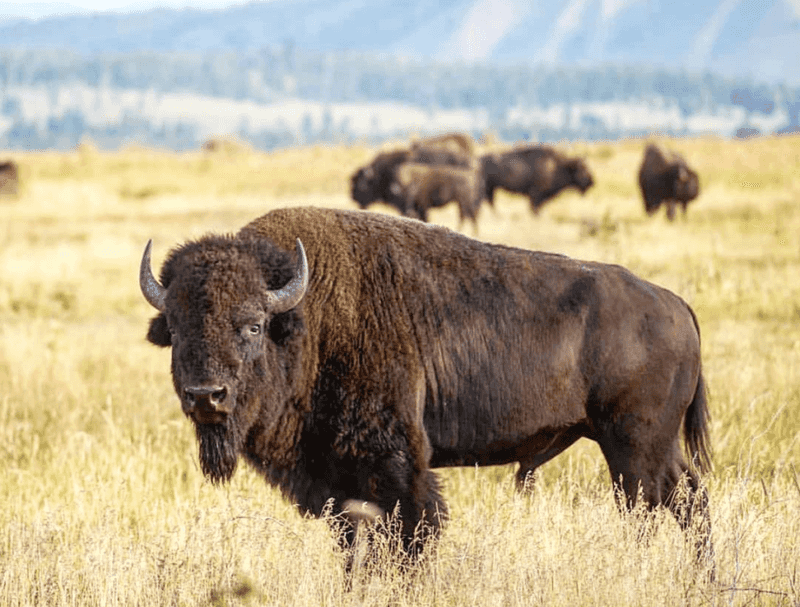
During the sacred Sun Dance, a buffalo skull often took center stage at the ritual’s heart. Dancers moved in patterns mimicking buffalo behavior, connecting human and animal spirits.
Young men sometimes wore buffalo horn headdresses during coming-of-age ceremonies. Special buffalo hide drums produced sounds believed to echo the animal’s heartbeat across the plains, calling ancestors to witness important tribal gatherings.
5. Buffalo As A Symbol Of Strength And Survival
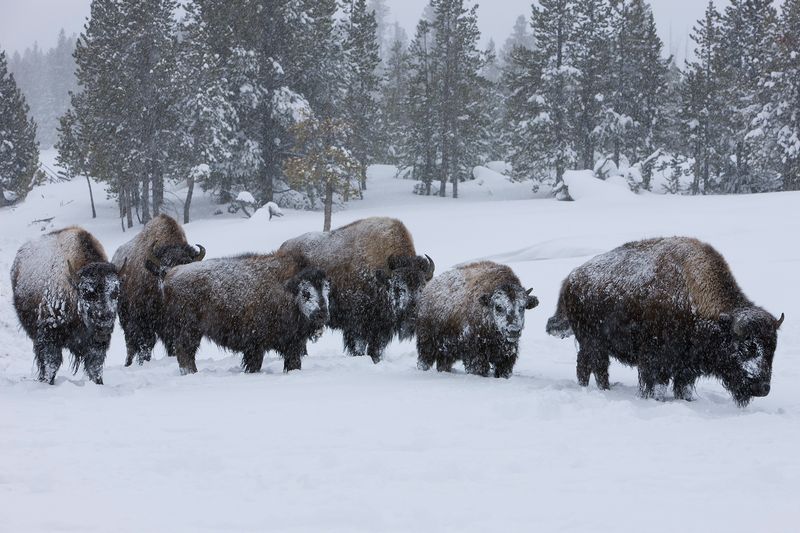
Facing blizzards head-on instead of running away, buffalo taught Plains peoples about courage during hardship. Their massive shoulders and thick coats embodied resilience.
Warriors painted buffalo symbols on their shields, hoping to channel the animal’s power. Children grew up hearing stories about buffalo persistence through harsh winters – lessons that helped communities endure their own difficult times.
6. Sacred Buffalo And Their Connection To The Land
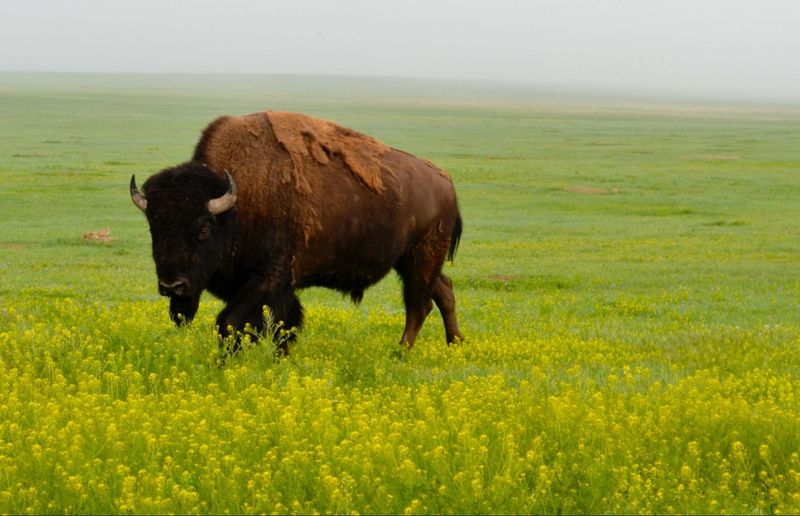
Hooves that once thundered across prairies actually improved soil health! Buffalo wallows – depressions created when they rolled in dust – collected rainwater, creating mini-ecosystems.
Tribes followed seasonal buffalo migrations, developing intimate knowledge of landscapes. This natural rhythm taught Plains peoples to read weather patterns, locate water sources, and identify healing plants along migration routes.
7. Buffalo Hide And Its Cultural Importance To Plains Indians

Winter counts – calendar histories painted on buffalo hides – preserved tribal memories for generations. Each image represented a significant event from that year.
Women transformed tanned hides into everything from baby carriers to water-resistant moccasins. The most prized ceremonial robes featured intricate quillwork and painted scenes telling stories of brave deeds or spiritual visions.
8. The Buffalo’s Role In Providing Sustenance And Shelter
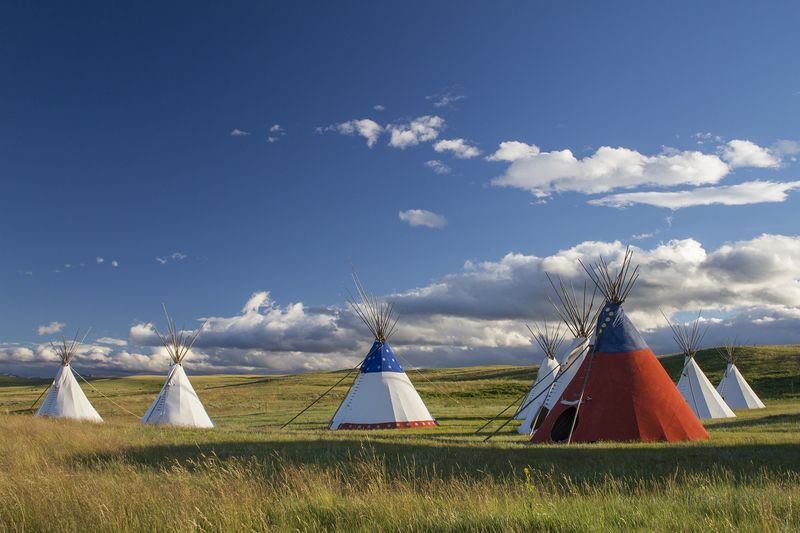
From nose to tail, Plains Indians found uses for all 52 parts of the buffalo! Meat fed families while bones became tools and marrow provided essential fats.
Buffalo stomach linings transformed into cooking containers that could hold water over fire. The iconic tipis – portable homes perfectly adapted for following herds – were covered with 8-14 buffalo hides sewn together by skilled women.
9. Sacred Buffalo And The Plains Indians’ Spiritual Practices
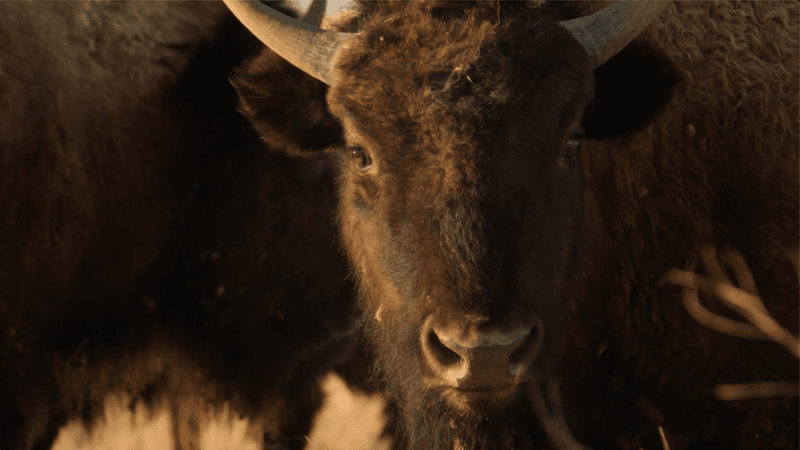
Many origin stories featured White Buffalo Calf Woman, who brought sacred teachings and the first pipe to the Lakota people. Her transformation between human and buffalo forms symbolized the deep connection between people and these animals.
Medicine bundles – sacred collections of objects – often contained buffalo parts like teeth or hair. These powerful items helped spiritual leaders communicate with buffalo spirits during vision quests.
10. Buffalo In Plains Indian Myths And Legends
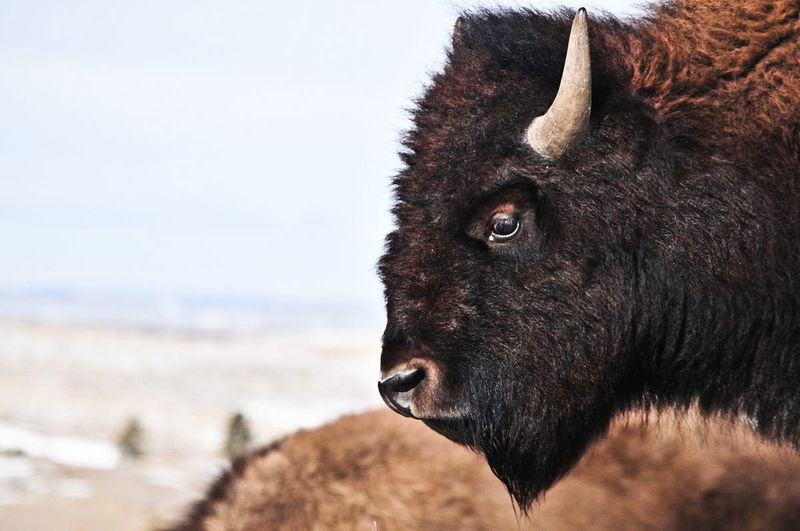
Storytellers spoke of underground buffalo that could be called to the surface through special songs. These tales explained why herds sometimes appeared suddenly on seemingly empty plains!
Grandparents shared legends about buffalo-people who could remove their hides and become human. Such stories taught children about transformation and the thin boundary between animal and human worlds in traditional belief systems.
11. The Decline Of Buffalo Populations And Its Cultural Impact
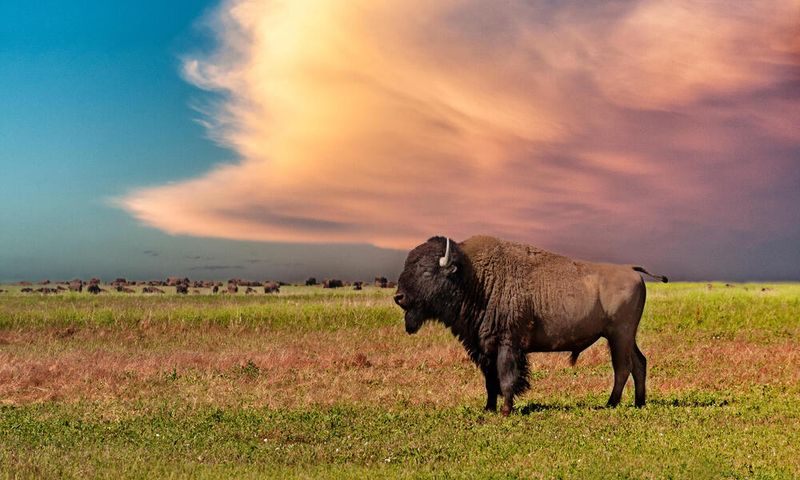
When settlers’ rifles reduced herds from 60 million to just hundreds, more than food disappeared. Languages lost words for buffalo parts no longer used, while ceremonies faded without their central symbol.
Some tribes preserved buffalo songs and stories even without the animals present. Today, Native-led conservation efforts are helping buffalo return to tribal lands, revitalizing both ecosystems and cultural practices nearly lost to history.


